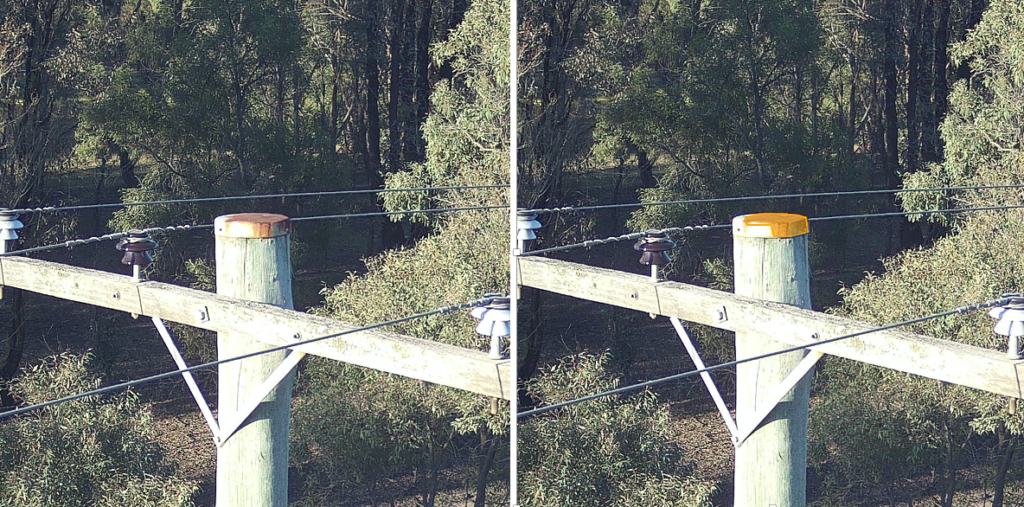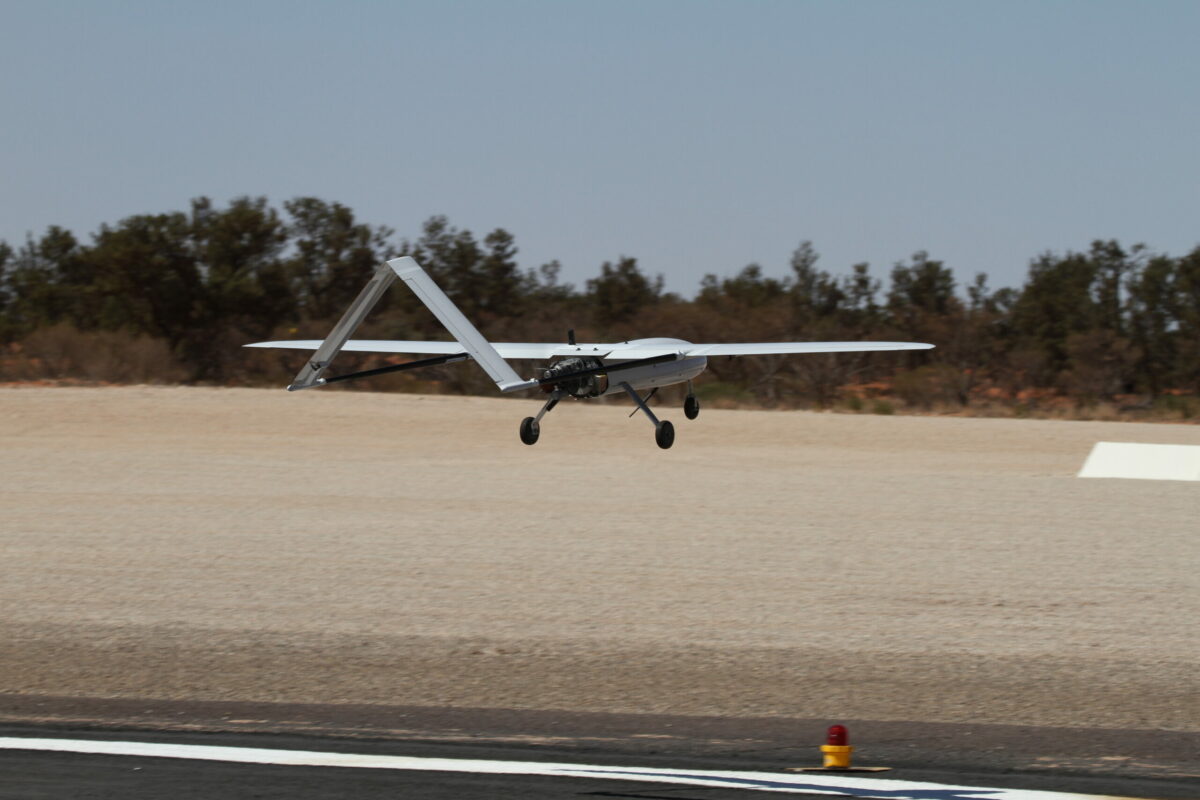Revolutionizing Structural Health Monitoring with AI-Enhanced Drone Inspections
Corrosion, a prevalent issue in the maintenance of human-made structures worldwide, poses a significant risk to their longevity and safety. Often manifesting as rust, this phenomenon is not just a cosmetic concern but a serious structural threat. Over time, corrosion can penetrate deep into metal, leading to weaknesses and potential catastrophic failures. The traditional approach to monitoring and inspecting for corrosion is a resource-intensive process, both in terms of time and finances. However, the advent of advanced technologies, particularly in the realm of drone inspections and AI-driven analysis, is set to revolutionize this critical task.
Innovative Solutions with Drone Technology
At National Drones, we are at the forefront of integrating drone technology into the field of asset inspection. Our proprietary drone software platform, Smartdata, is designed to provide a comprehensive solution for data management and analysis. This platform not only facilitates the collection of high-resolution imagery and data through drone inspections but also supports a variety of data formats including intricate 3D models and detailed point clouds. The challenge of manually sifting through thousands of images or navigating 3D models for signs of structural damage, however, remains a daunting and time-consuming task. The integration of AI for drones into this process marks a significant leap forward. By pre-screening images and pinpointing potential problem areas, AI algorithms significantly reduce the time and effort involved in inspections, bringing an objective and error-minimizing approach to a traditionally subjective task.
Artificial Intelligence: Driving the Future of Inspection
Embracing AI is more than a trend at National Drones;
it’s a core part of our vision and strategy. We are excited to bring automated corrosion detection into our Smartdata platform, leveraging the power of deep learning. This process simplifies the task for the user: upload your asset images to Smartdata as usual, select the AI analysis option, and let the system highlight areas affected by corrosion. This feature not only accelerates the inspection process but also opens up avenues for comprehensive, automated damage analysis and future predictive maintenance models.
Comprehensive Workflow: From Planning to AI-Driven Analysis
The process of conducting AI-enhanced drone inspections is methodical and involves several key stages, each critical to the overall success and accuracy of the inspection.
- Planning and Risk Assessment: This initial phase is crucial for setting the groundwork for a successful operation. It involves a thorough assessment of the inspection site, identifying potential risks and challenges, and devising strategies to mitigate them. This stage ensures that all safety and regulatory considerations are addressed before any physical work begins.
- Data Capture Planning and Optimization: In this stage, we focus on planning the most efficient data capture strategy. This involves selecting the appropriate drone hardware and sensors, mapping out flight paths, and determining the optimal data collection parameters. The goal here is to maximize coverage and data quality while minimizing time and resource expenditure.
- Field Capture and Deployment: During this phase, our skilled drone operators execute the planned flight missions. They deploy drones equipped with advanced sensors to capture high-resolution imagery and data of the targeted structures. This step is critical in gathering the raw data necessary for detailed analysis.
- Quality Assurance in the Field: Post-capture, immediate quality assurance checks are conducted. This involves verifying the integrity and completeness of the captured data. Ensuring high-quality data at this stage is paramount, as it forms the foundation for accurate AI analysis.
- Post-Capture Processing and AI Model Execution: After data capture, the post-processing phase begins. Here, the collected data is processed, refined, and prepared for analysis. This is where the advanced AI algorithms of our Smartdata platform come into play. The AI model, trained in deep learning techniques, is run on the processed data. It identifies and highlights areas of potential corrosion and other structural issues with a high degree of precision. This AI-driven analysis not only speeds up the inspection process but also enhances its accuracy and reliability, providing insights that are beyond the capabilities of manual analysis.
Each of these steps is executed with the utmost attention to detail and precision, ensuring that the final analysis delivered to our clients is of the highest quality and reliability. This workflow represents the cutting-edge intersection of drone technology and AI in structural health monitoring, setting new standards in the industry for efficiency and accuracy.
The Power of Deep Learning in Corrosion Detection
Our application of Deep Learning in corrosion detection brings two key advantages: scalability and transferability.
Scalability refers to the ability of our AI algorithms to continually improve their performance with additional data. The more data fed into the system, the more accurate and efficient it becomes in identifying signs of corrosion.
Transferability ensures that our AI solutions are adaptable across various types of assets. An algorithm trained on one type of structure (such as metal towers) can effectively identify corrosion on other types (like bridges), with minimal need for retraining. This ability to generalize learning from one context to another significantly enhances the versatility and applicability of our AI solutions in diverse industrial settings.
Expanding the Horizon: Beyond Corrosion Detection
Our ambition at National Drones goes beyond just detecting corrosion. We envision a future where our AI-driven drone software can identify a range of structural issues, from minor wear and tear to critical damage points. This holistic approach to structural health monitoring promises not only to improve maintenance schedules but also to anticipate potential failures, thereby averting disasters and ensuring safety.

Transforming Industries with AI and Drone Inspections
The “Rusty” algorithm, our pride at National Drones, represents a significant milestone in corrosion detection. Its early successes showcase the potential of combining AI with drone technology to transform industry practices. This synergy is not merely a technological advancement; it’s a paradigm shift in how industries approach maintenance, innovation, and cost management. The potential for AI and drone inspections to drive efficiencies, enhance safety, and reduce operational costs is immense and already being realized in various sectors.
Invitation to Innovation
At National Drones, we are not just developing technology; we are shaping the future of industrial inspections and asset management. Our expertise in AI for drones and drone software solutions positions us uniquely to assist businesses in navigating the complexities of digital transformation in asset maintenance. “Rusty” is just the beginning of our journey towards redefining industry standards.
We invite you to join us in this journey of innovation and transformation. To learn more about how our cutting-edge technology can bring value to your business and keep you ahead of the curve, reach out to us. Together, we can explore the possibilities and unlock the full potential of AI-enhanced drone inspections in your industry.







